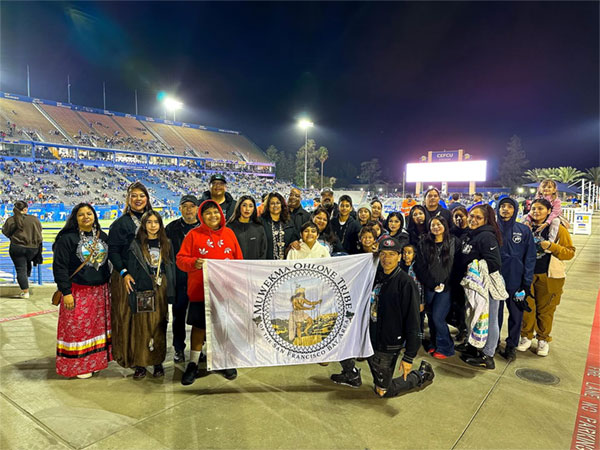Native Americans – The First, and Still the Best Land Managers
 Global warming, pollution, deforestation, and greenhouse gases are all terms that have entered our vocabulary in the last century. The problems that they are causing will, in the words of the U.N Secretary General, lead to an “existential crisis” in the not-so-distant future. These problems are now being addressed and hopefully, solutions and plans-of-action to reverse the damage that has been done will emerge. While searching for answers, it may be worthwhile to look to the past – to examine how the first inhabitants of North America cared for the land that gave them food, shelter and clothing.
Global warming, pollution, deforestation, and greenhouse gases are all terms that have entered our vocabulary in the last century. The problems that they are causing will, in the words of the U.N Secretary General, lead to an “existential crisis” in the not-so-distant future. These problems are now being addressed and hopefully, solutions and plans-of-action to reverse the damage that has been done will emerge. While searching for answers, it may be worthwhile to look to the past – to examine how the first inhabitants of North America cared for the land that gave them food, shelter and clothing.
The First People
The first humans to occupy and settle in North America were nomads from Asia who crossed over the land bridge that is now the Bering Strait to enter this continent. There are, obviously, no written records of when this happened, but experts estimate that it was over 15,000 years ago. These people, according to archeological evidence available, were hunter-gatherers who lived off large and small animals and what they harvested from the land.
Over time, climatic changes occurred. About 10,000 years ago, the environment became warmer and more humid, as the Ice Age withdrew. The people continued to hunt and fish in the now-abundant rivers and find more food in the form of seeds, fruits, nuts, berries, bulbs, and plants in the expanding forests. The woodlands also allowed a wild animal population to flourish which expanded their sources of food.
The Beginnings of Land Management
Over the millennia, Native Americans learned how to support their growing population by using fire for controlled burning of areas of woodland to create fertile farmland in which to plant crops. This was a massive change in the way people lived. By controlling their environment, they were able to create sustainable sources of food and shelter so that the nomadic way of life (following food sources) led to more permanent settlements. There is evidence that the ash from the burnt trees was used as fertilizer for the newly planted crops as in the case of swidden (slash and burn) agriculture as seen in Mesoamerica and the Mississippi River Valley. Trees were also cut down for lumber to create shelters.
Also Read: Do Native Americans Celebrate New Year? | Community Support for Muwekma Ohlone Tribe Restoration
Living on the Land
There is ample archeological evidence that in the past Native Americans altered the land to suit their needs. Written accounts of the European settlers also support this. It is also clear today that the Native American population at the beginning of the 17th century was much larger than previously thought. This large population worked with the environment. It did not rape it. The Tribes prospered by the way they managed their lands.
Native Americans have always treated the land with respect, and believe that only by caring for it will the people be able to not just live, but prosper. The philosophy is that you can only take from the land as much as you can return to it. This symbiotic relationship remained the basis of Native American life until the demands of the European way of life that the settlers brought with them changed the face and ecology of the continent. Today, more than ever, an understanding of how and why Native Americans prospered from the land will provide answers to the existential problems we are faced with. Check out the history of the Muwekma Ohlone Tribe. An examination of the Muwekma Ohlone map will show how fertile their land was. It was this that gave them the ability to prosper in the past.
Read:
Tending the Wild: Native American Knowledge and the Management of California's Natural Resources by M. Kay Anderson (2013)
Changes in the Land: Indians, Colonists, and the Ecology of New England by William Cronon (2003)
- Mar 14, 2024
